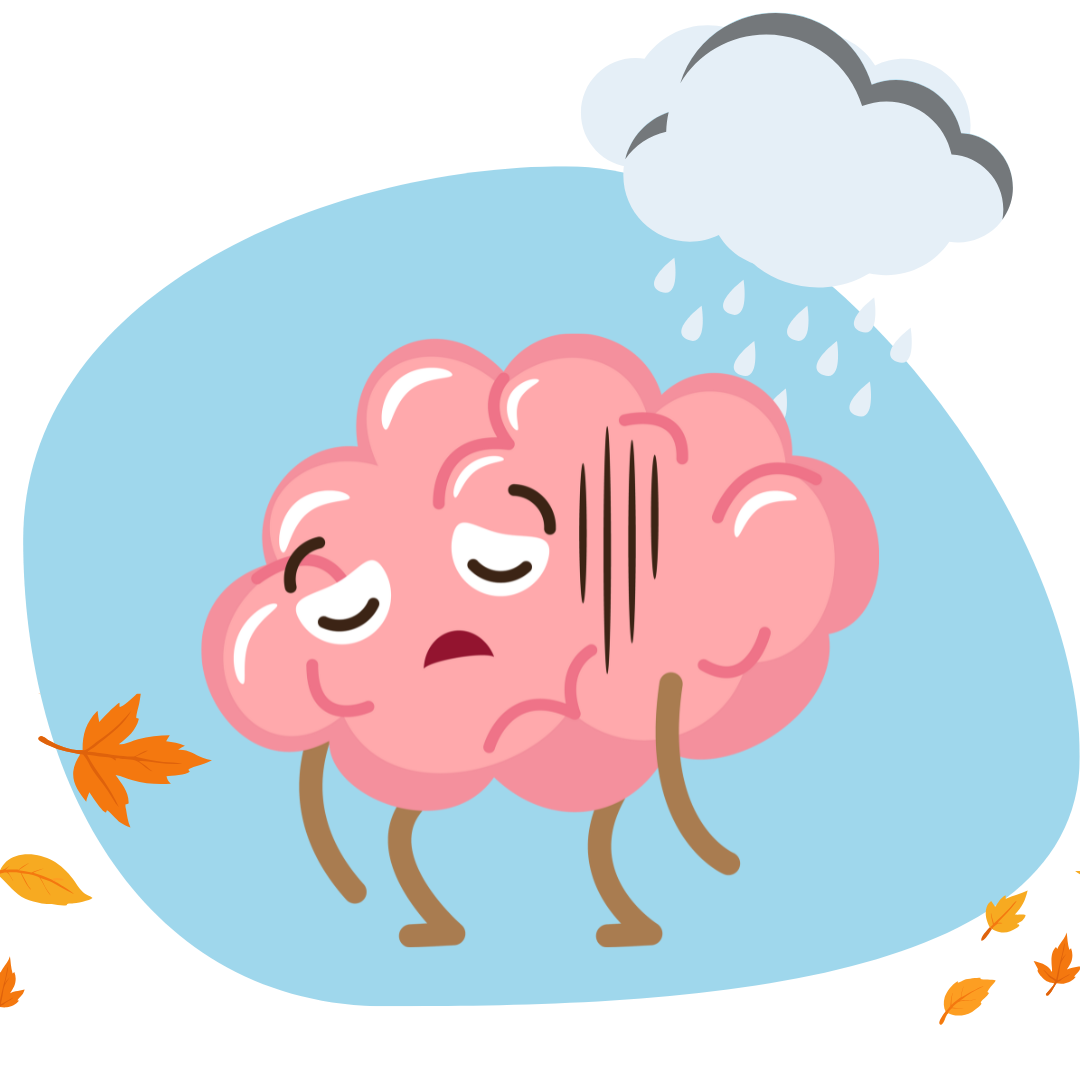A common phenomenon in Quebec
As autumn sets in and the days grow shorter, many people are already feeling the first effects of the lack of light. In Quebec, with its long winters and limited sunshine, Seasonal Affective Disorder (SAD) is particularly common. It is estimated that around 15% of Canadians are affected to varying degrees. Persistent fatigue, reduced energy, loss of interest in usual activities, changes in sleep or appetite, difficulty concentrating… these symptoms can intensify as the light diminishes.
Why does this happen?
Lack of natural light disrupts our circadian rhythms, the internal cycles that regulate sleep, energy and mood. This decrease in light also influences the production of serotonin, a neurotransmitter essential to our emotional well-being.
Simple strategies for feeling better
The good news is that there are several ways to mitigate the effects of SAD.
- Get as much natural light as possible, even on cloudy days.
- Exercise regularly, especially outdoors. Exercise stimulates the production of serotonin and endorphins.
- Take a vitamin D supplement, often recommended during the winter months.
- Plan social activities to counter isolation.
Light therapy: an effective solution
Light therapy is a non-medicinal method of treating seasonal affective disorder. It involves daily exposure to a specific artificial light that imitates sunlight, for around 30 to 60 minutes.
Unlike an ordinary light bulb or tanning session, these lamps are designed to regulate biological rhythms and stimulate the production of happy hormones.
Message from Dr. LeBlanc
Every autumn, I see many patients feeling “less themselves” without really understanding why. SAD is real, but it’s very treatable.
Listen to yourself, take care of yourself, and don’t hesitate to seek help before the gloom sets in too deeply.
